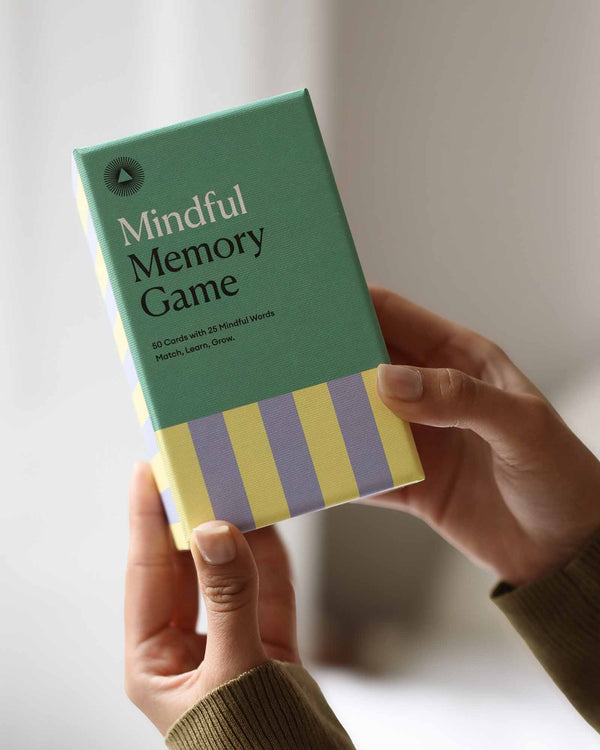How Tim Ferriss Uses The Five Minute Journal
by Veronica Joce
Tim Ferriss, The New York Times best-selling author, admits that taking notes and journaling are two activities that help brainstorm, focus and reduce anxiety. Currently Tim has 3 tools for relaxing note-taking: an insight notebook to brainstorm interesting goals and ideas; morning pages to write about whatever disturbs the peace of mind; and, finally, the Five Minute Journal to gain focus and appreciation. In this article, we reveal how Tim Ferriss approaches his gratitude journal.
Tim Ferriss, author of The Four-Hour Work Week and one of the most productive people in the world, has been using the Five Minute Journal for years in different capacities, and recently shared his tips on how to shift mindset to a state of appreciation by using the Five Minute Journal.
“This might seem cheesy, but I use the Five Minute Journal for improving focus, execution and appreciation.” - Tim Ferriss
1. Write prompts and leave reminders on blank pages
He writes prompts on top of every page. For example, one of the prompts he has written on the blank pages of the journal before completing them is: State - Story - Strategy from Tony Robbins’ 3 Steps to a breakthrough.
These 3 steps mean that you want to improve your physical and mental state to be alert, awake and attentive (also known as state of arousal) before you create your story in order to create your strategy for achieving a goal or problem solving.
If you are in a depressed state, you are creating a disabling or victim-based story, and then your strategy will be very narrow. If you are in a higher state, that translates to enabling an optimistic story, and then your strategy will be better and successful.
2. Choose small things you are grateful for
One of Tim’s entries from late June 2017 reads as follows:
I am grateful for…
- Bird song outside. Beautiful!
- Fireflies and stars last night.
- Rain outside to lull to sleep.
You can write down many things you are grateful for, but what has been a practice for Tim Ferriss is focusing on the simple basic moments. In other words, you could say 'my loving family' and this is great, but ‘family’ is a big and vague item.
Tim suggests cultivating an appreciation of the smaller things like the convenience of a small notebook where he takes notes in the morning, or his favourite yellow coffee mug. “That trains you to notice the little things that ultimately translate to big things and not vice versa”, he adds.
3. Be concise with your daily plan
The same entry from 2017 continues as follows:
What would make today great?
- Create Tools of Titans forms.
- Look at Tim Ferriss Show answers.
- Email 20 new people to test the forms.
“I am very prone to overestimating what I can do in a day and underestimating what I can do in a year”, Ferriss admits. According to him, the benefit of the Five Minute Journal with very little space and very few bulleted options is that you really need to be concise and you need to be succinct. That helps Tim overcome some of his lesser tendencies.
4. Use daily affirmations to reassure yourself in something
Tim finished his morning entry with this:
Daily Affirmations
1. I am forever forward - no hurry, no pause.
That is an expression taught to him by his friend, a former Navy Seal, and it is also quite common in Buddhist circles.
2. I am good at this (repeated 4 times).
This particular affirmation helped Tim reassure himself that he could complete the books he was working on during that period.
Affirmations help reassure and focus efforts back on big goals and help not only guide you through difficult and self-doubting moments, but make the process more digestible.
5. When reviewing your day, include one small thing
Before going to bed, Tim reflected on his day:
Three amazing things that happened today…
- My dog Molly is healing while walking around a few different retail stores.
- An incredibly gifted and very smart investor predicted that crypto will drop 30% to 40%, and he called it exactly.
- Great late-night call with a dear friend of mine.
“I always try to include at least one thing that is small and basic”, Tim says. Sometimes he includes something from the previous day - he likes to catch up on good things that happened to him.
6. Review your entries, look for patterns and take actions
By finishing to review his day in late June of 2017, Tim wrote down the following:
How could I have made today better?
- Don’t use the ketogenic diet as an excuse to drink litres of coffee.
- Drink less coffee, use caffeine pills if needed.
“When you use the Five Minute Journal consistently, go back every quarter and look for patterns”, he suggests. While answering what he could do to make tomorrow better, Tim noticed that his two most common answers were drink less coffee and wake up earlier. So, he made a concerted effort with accountability to do both of those things.
We know that positive words and consistent writing have tremendous transformative power on physical and emotional health. That’s why we created a very simple, approachable and structured layout of the Five Minute Journal to give everyone the ability to see the good and the bright in everyday life. “The format of the Five Minute Journal is very straightforward. This might seem simplistic, but it is, first and foremost, simple. And If I have learned anything, that is certainly that complexity fails”, Tim explains.
“Five Minute Journal is very helpful for focus, appreciation and keeping things simple.” - Tim Ferriss









